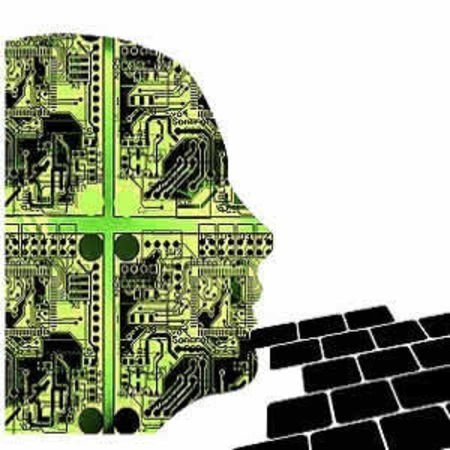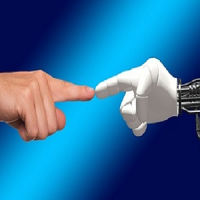A provocative Viewpoint article in JAMA suggests merging the roles of pathologist and radiologist to become "information specialists", harnessing the power of artificial intelligence. A unified discipline, information specialists would best be able to captain artificial intelligence and guide medical information to improve patient care, according to the article.
See also: Radiology and Pathology and Finland and Estonia
The combination of big data and artificial intelligence, referred to by some as the fourth industrial revolution, will change radiology and pathology along with other medical specialties. Reports of radiologists and pathologists being replaced by computers may seem exaggerated, still these specialties need to prepare for a future in which artificial intelligence is part of the health care workforce.
Rapid advancements in imaging technology have changed the work of radiologists. Radiology, once confined to projectional images, such as chest radiographs, has become more complex and data rich. For example, a radiologist typically views 4,000 images in a CT scan of multiple body parts (“pan scan”) in patients with multiple trauma. The amount of data continues to increase in imaging, both extractable by the human eye and extractable only by software.
How should the changes in imaging, coupled with artificial intelligence, further change the work of radiologists?
"To avoid being replaced by computers, radiologists must allow themselves to be displaced by computers," Saurabh Jha, MBBS, MRCS, MS, Department of Radiology, University of Pennsylvania, Philadelphia, and Eric J. Topol, MD, Scripps Research Institute, La Jolla, California write in the JAMA article. "While some radiographic analyses can be automated, others cannot. Radiologists should identify cognitively simple tasks that could be addressed by artificial intelligence, such as screening for lung cancer on CT."
The primary purpose of radiologists is the provision of medical information – the image is only a means to information. Radiologists are more aptly considered “information specialists” specialising in medical imaging, the authors say. "This is similar to pathologists, who are also information specialists. Pathologists and radiologists are fundamentally similar because both extract medical information from images."
Since pathology and radiology have a similar past and a common destiny, the authors suggest that these specialties should be merged into a single entity, the “information specialist”. Hence, the primary responsibility of the information specialist will not be so much to extract information from images and histology but to manage the information extracted by artificial intelligence in the clinical context of the patient.
"The information specialist would interpret the important data, advise on the added value of another diagnostic test, such as the need for additional imaging, anatomical pathology, or a laboratory test, and integrate information to guide clinicians," the authors explain. "Radiologists and pathologists will still be the physician’s physician."
Resistance to merging two distinct medical specialties may be expected given that they each have unique pedagogy, tradition, accreditation, and reimbursement. However, artificial intelligence will change these diagnostic fields, the authors note. "The merger is a natural fusion of human talent and artificial intelligence. United, radiologists and pathologists can thrive with the rise of artificial intelligence."
Source: JAMA
Image Credit: Pixabay
References:
Jha S, Topol EJ (2016) Adapting to artificial intelligence: radiologists and pathologists as information specialists. JAMA, 316(22): 2353-4. doi: 10.1001/jama.2016.17438.
Latest Articles
Radiologists, Pathologists, Information Specialists
A provocative Viewpoint article in JAMA suggests merging the roles of pathologist and radiologist to become "information specialists", harnessing the power of artificial intelligence.



























